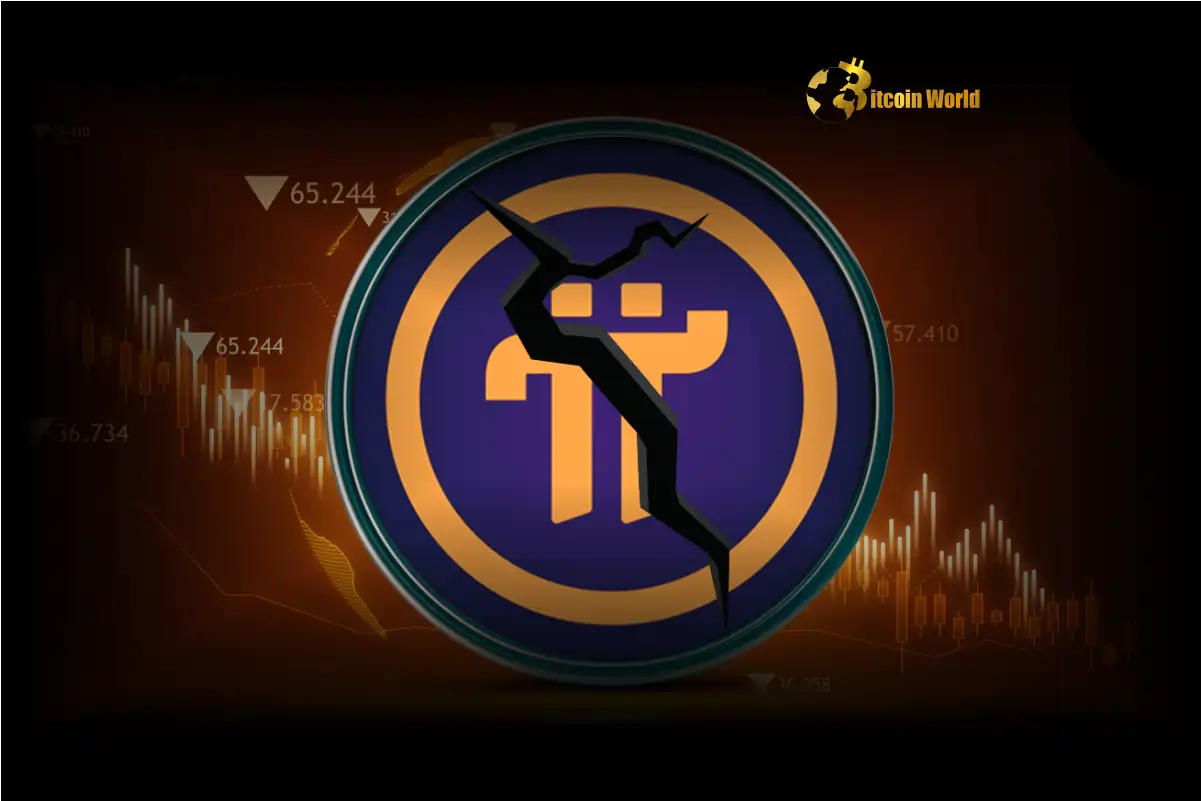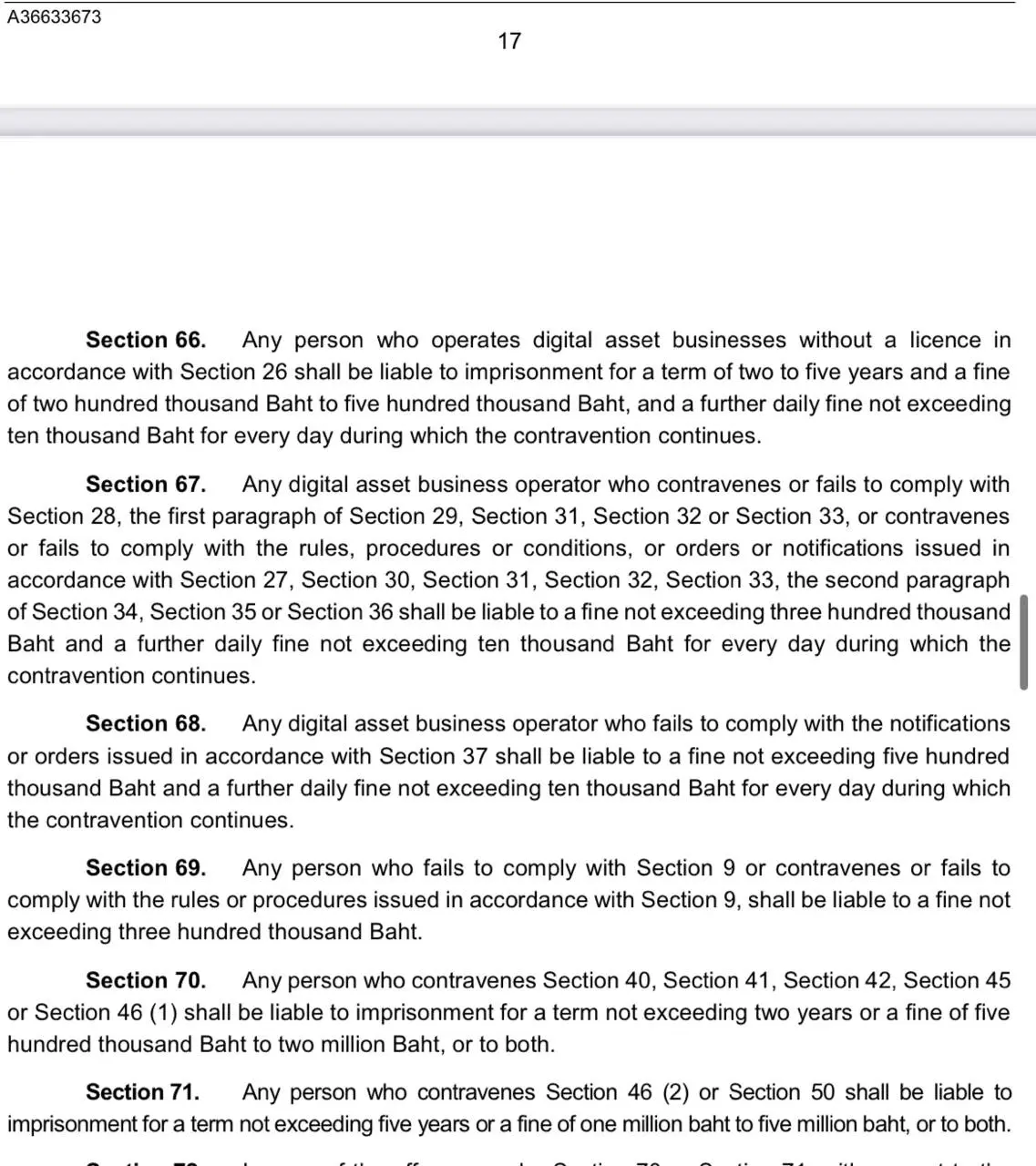 CaryptosHeadlines Media Has Launched Its Native Token CHT.
Airdrop Is Live For Everyone, Claim Instant 5000 CHT Tokens Worth Of $50 USDT.
Join the Airdrop at the official website,
CryptosHeadlinesToken.com
CaryptosHeadlines Media Has Launched Its Native Token CHT.
Airdrop Is Live For Everyone, Claim Instant 5000 CHT Tokens Worth Of $50 USDT.
Join the Airdrop at the official website,
CryptosHeadlinesToken.com
- Trump’s April 2 “Liberation Day” tariffs target trade barriers but risk causing rapid 10%-15% market declines, per analyst warnings.
- Bitcoin rises to $87,230 as investors hedge against potential tariff-driven volatility ahead of key policy announcements.
- Mexico’s diplomatic efforts aim to reduce trade tensions, though experts warn U.S. industries already face rising costs from prior tariffs.
U.S. President Donald Trump’s planned trade policy overhaul, dubbed “Liberation Day,” set for April 2, has raised concerns about global market stability. The initiative targets countries imposing trade barriers on U.S. exports, but ETHNews analysts warn it risks triggering a sharp financial crash.
Economic analyst Alex Kruger described the event as potentially “10 times more impactful” than Federal Reserve meetings, emphasizing its unpredictability. Markets anticipate volatility, with Bitcoin rising to $87,230 and Solana’s SOL climbing 6% to $138 as investors seek alternatives amid uncertainty.
Market views update
Markets crawl higher if headlines remain neutral to benign this week, then freeze as we await April 2nd, which is reciprocal tariffs day announcement or, as Trump called it, Liberation Day.
April 2nd is similar to election night. It is the biggest event of…
— Alex Krüger (@krugermacro) March 23, 2025
Tariff Details and Market Risks
On April 2, the U.S. government will announce tariffs targeting nations with restrictive trade practices. While framed as a protective measure, experts caution that aggressive policies could destabilize markets. Kruger noted that mild tariffs might boost investor confidence, but strict rules could cause a 10%-15% market decline within days.
The timing aligns with mid-April tax deadlines, a period historically marked by liquidity strains. Combined with tariff-related pressures, this could amplify financial stress for businesses and consumers.
Global Reactions and Economic Tensions
Mexico’s President Claudia Sheinbaum has engaged in diplomatic efforts to ease tensions, focusing on immigration and security cooperation. However, ETHNews analysts doubt these measures will fully mitigate risks. U.S. industries, particularly manufacturing and agriculture, already face higher costs from earlier tariffs on Canada, Mexico, and China.
Past tariff announcements have disrupted crypto markets. In February, a 10% tariff hike on Canadian, Mexican, and Chinese goods coincided with an 8% drop in crypto market capitalization, with Bitcoin falling from $105,000 to $92,000 in 24 hours. Current trends suggest similar volatility ahead, as investors brace for April 2.
While some view cryptocurrencies as a hedge against trade-driven instability, abrupt policy shifts could exacerbate market swings. The combination of geopolitical risks and regulatory uncertainty underscores the fragile balance between protectionist policies and global economic interdependence.













